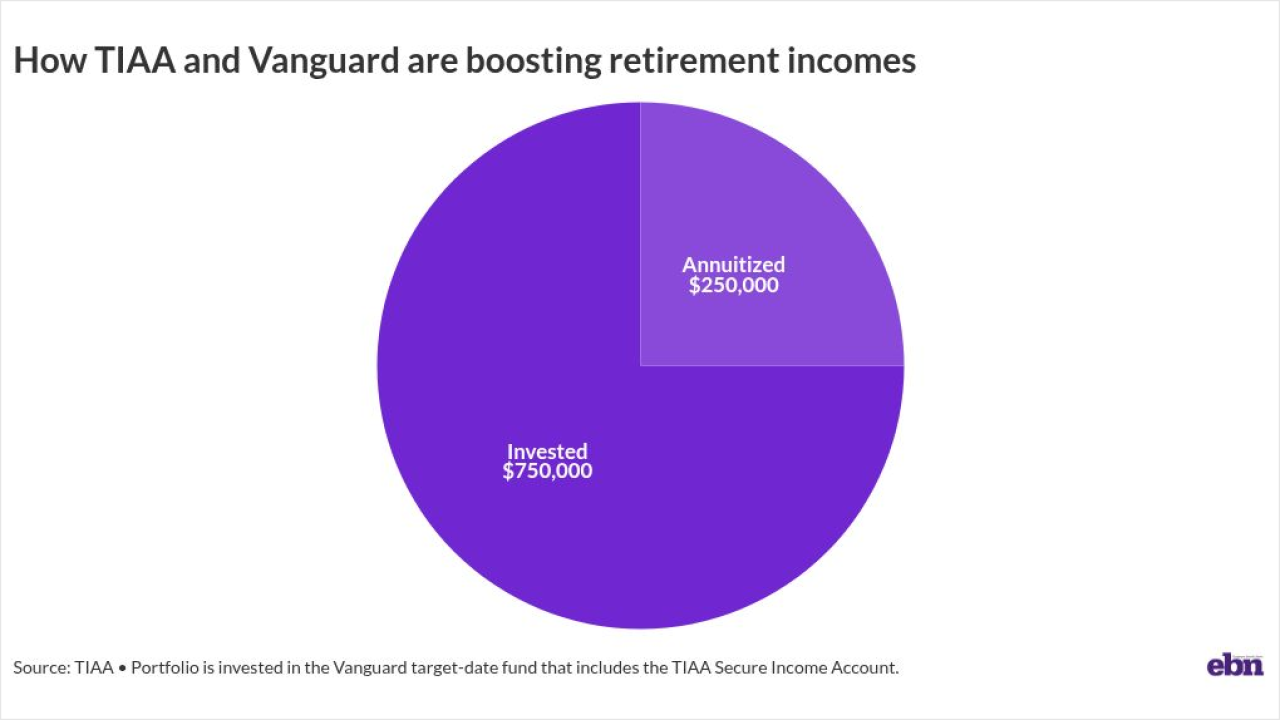Women in the workplace have always carried a larger burden when balancing work and home responsibilities. The additional pressure brought about by the COVID-19 crisis has made that weight harder for women to bear.
The shift to remote work has been a challenging adjustment for everyone, yet women have been tasked with a greater portion of the workload, as they attempt to balance their responsibilities both in and out of the virtual office. Women who work full-time and have a partner are putting in 71.2 hours each week on housework and caregiving, while men are spending 51.5 hours per week on those tasks, according to LeanIn.Org and SurveyMonkey research on how COVID-19 is affecting women.
Working women are struggling under the pressure of outsized work and home responsibilities, causing their health and career success to deteriorate. If employers don’t step up and invest in the mental health and wellness of their female population, they are in danger of losing half their talent pool.
“Women have a stronger tendency toward certain emotions, like guilt. So women are more likely to feel a sense of responsibility to be everything to everyone,” says Dr. Laura Gallaher, an organizational psychologist and founder of Gallaher Edge. “In a patriarchy, women are impacted disproportionately because of stereotypical gender roles, prejudice and discrimination. In difficult times, like what we're in now, fear goes up and people resort back to cognitive shortcuts, like [gender] stereotypes.”
Not only is this extra burden having a negative effect on women’s mental health, but it could lead to physical ailments and higher rates of burnout among female employees.
Read More:
Even before the outbreak of the coronavirus pandemic, working women in the U.S. had been under greater stress than their male counterparts, with higher levels of anxiety, depression and burnout. Pre-COVID-19, 68% of women reported suffering from burnout, compared to 58% of working men, according to research from Maestro Health.
Since the start of the pandemic, more than 70% of female employees have experienced burnout in their jobs, and 62% have taken a day off strictly due to stress, Maestro Health found. About 51% of respondents say they experience work-related stress on a weekly basis, and 69% of respondents have experienced work-related burnout.
“What we’ve seen is low productivity or less engagement in their job. It's hard to put 100% into everything when you're pulled in 50 different directions,” says Stephanie Williams, a registered nurse and vice president of clinical solutions at Maestro Health. “Burnout and feeling overworked can lead to physical health problems [like] high blood pressure and other chronic conditions.”
Employers need to step up and prioritize the mental well-being of female employees as they’re looking at their benefit plans, Williams says. Benefits like an employee assistance program with an extended care management program, as well as offering clinical wellness solutions, can be critical resources for women who are struggling.
“Before designing benefits, make sure [employers] have clinical care management or a clinical solution that is going to prioritize the mental health of their workforce,” Williams says. “Any resources that provide a proactive approach to stress management, so that [employees] do not develop long term issues [will go a long way].”
Mental health benefits need to be top of mind if employers are going to help employees get through this crisis. Employers shouldn’t find themselves in a position of scrambling to find solutions to mental health issues as they come up, Williams says, but should already have them in place when an employee says they are feeling burnt out or shows signs of being overwhelmed.
“My team of nurses are all female and they're trying to manage that work/life balance,” Williams says. “It's important that we are aware of work-related burnout and address it before it leads to the chronic health conditions that long- term stress and burnout lead to.”
Read More:
Things like more flexible work schedules, reduced workload and frequent communications can go a long way in supporting female employees, Williams says. However, just half of employers have changed their policies to allow for more flexibility, and only 18% of female employees have had their scope reduced or priorities adjusted, according to the LeanIn.Org and SurveyMonkey research.
It’s key for employers to recognize when an employee is coming to their breaking point, Gallaher says. Warning signs like a slowdown in productivity, social withdrawal, increased irritability and excessive worry can help employers be more tuned in to the stressors that are impacting an employee’s work performance.
“One of the first questions leaders should be asking [when there is a drop in performance] is ‘Hey, how are you doing?’” Gallaher says. “A lot of leaders are still afraid to offer constructive feedback or step into conversations around accountability. But part of the process here is to normalize having hard conversations.”
Without these interventions, women are at greater risk of leaving the workforce entirely: as of September, 865,000 women had voluntarily left the labor force, according to an analysis by the National Women’s Law Center. That is four times higher than the 216,000 men who left the workforce that same month.
To prevent this from impacting a business’s bottom line and the overall well-being of female employees, employers must be vigilant in addressing burnout and providing benefits that support the full scope of an employee’s needs.
“It's important that we are aware of work-related burnout and address it before it leads to those chronic health conditions,” Williams says. “It’s important that we have employers and benefits that support overall well-being, not only for our physical needs, but to support the mental, social and financial well-being of our employees — specifically women.”






